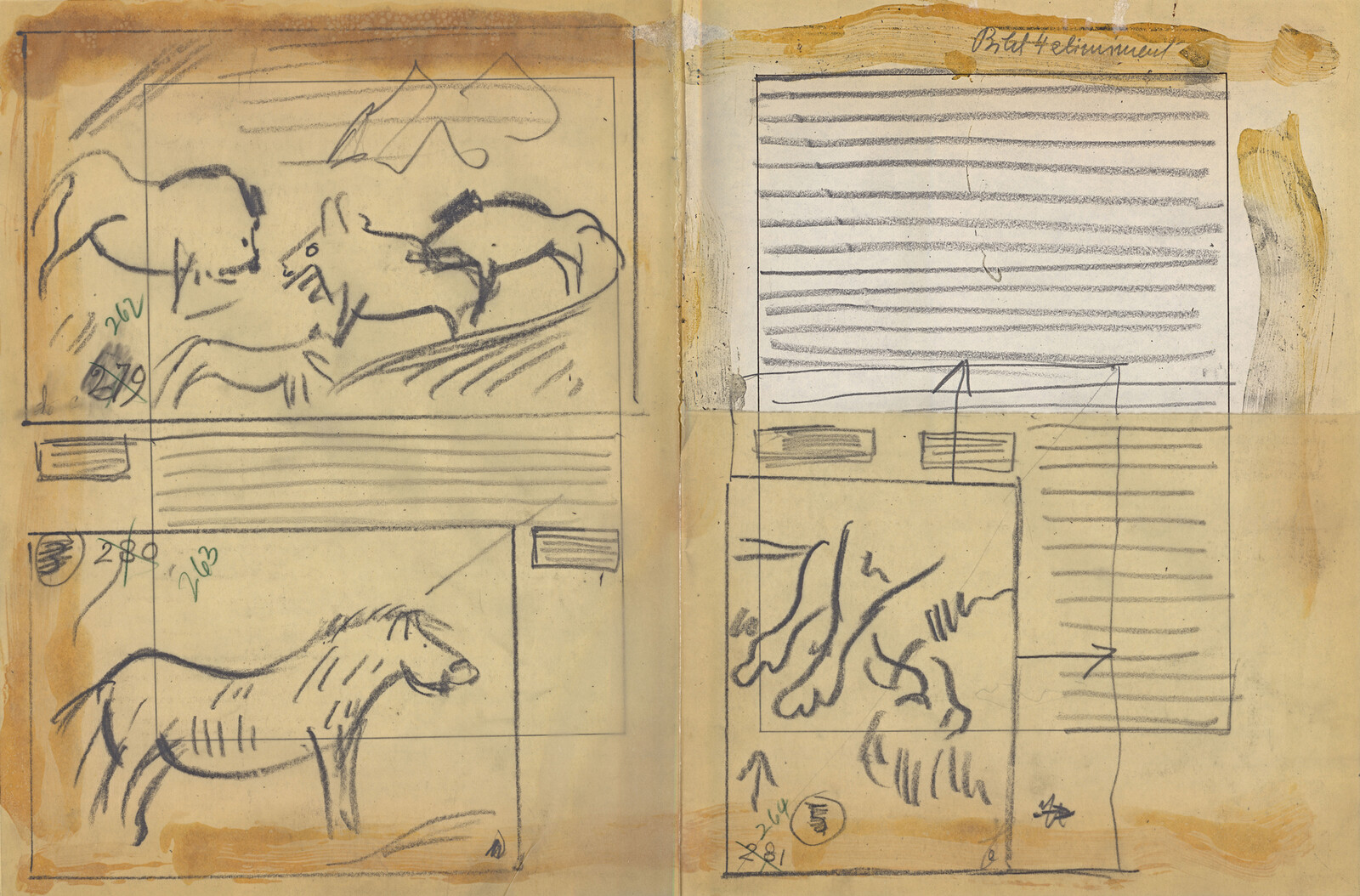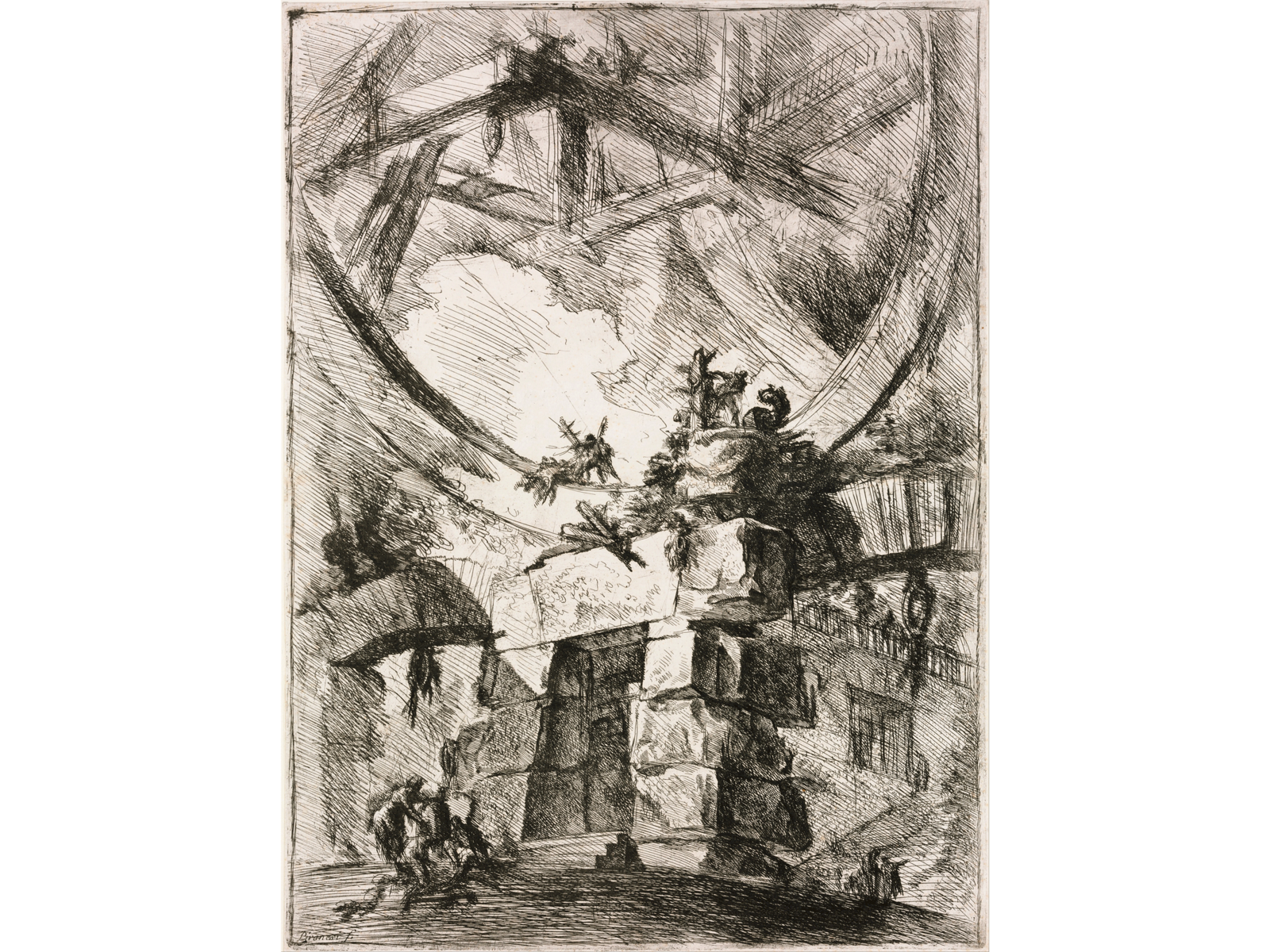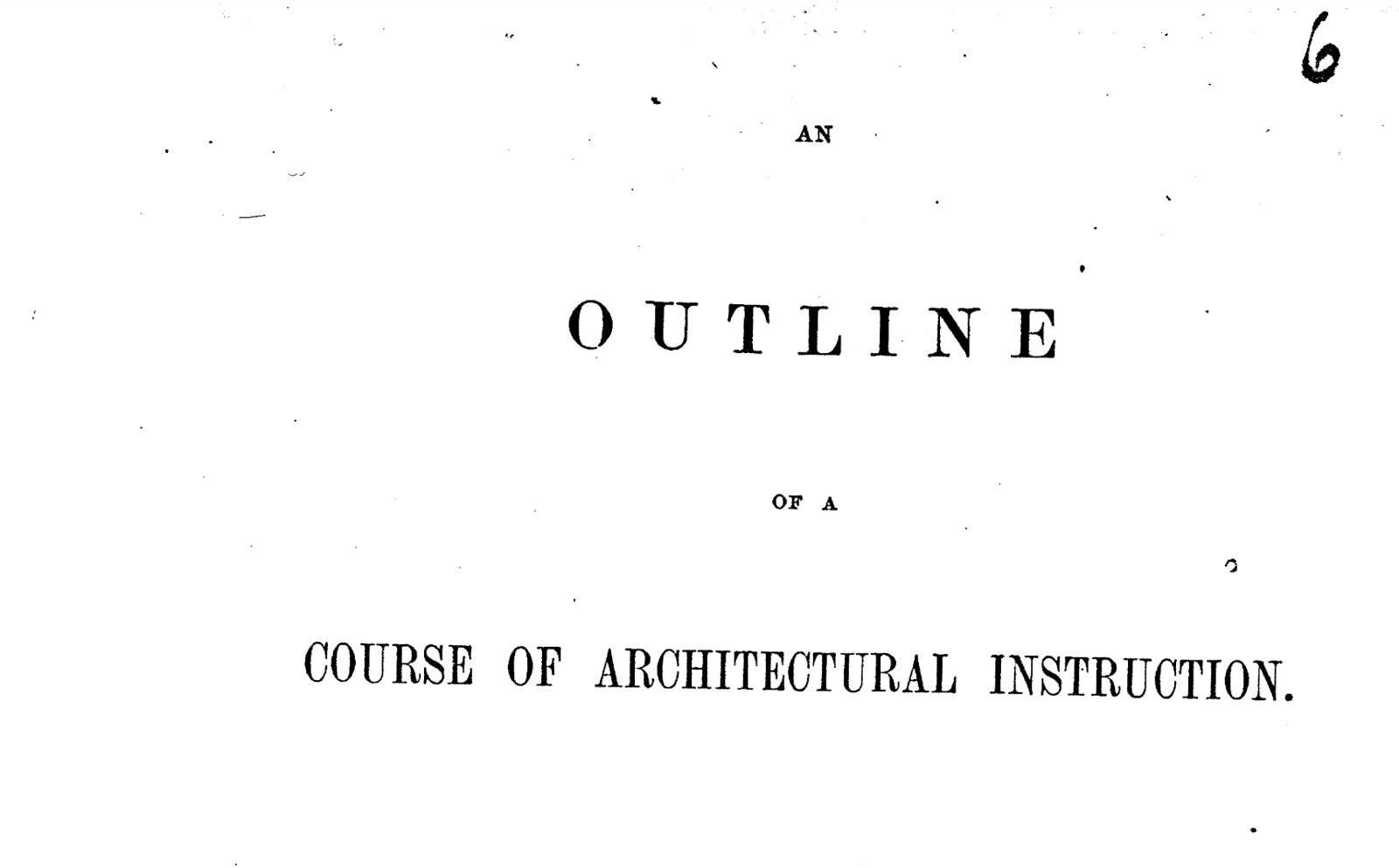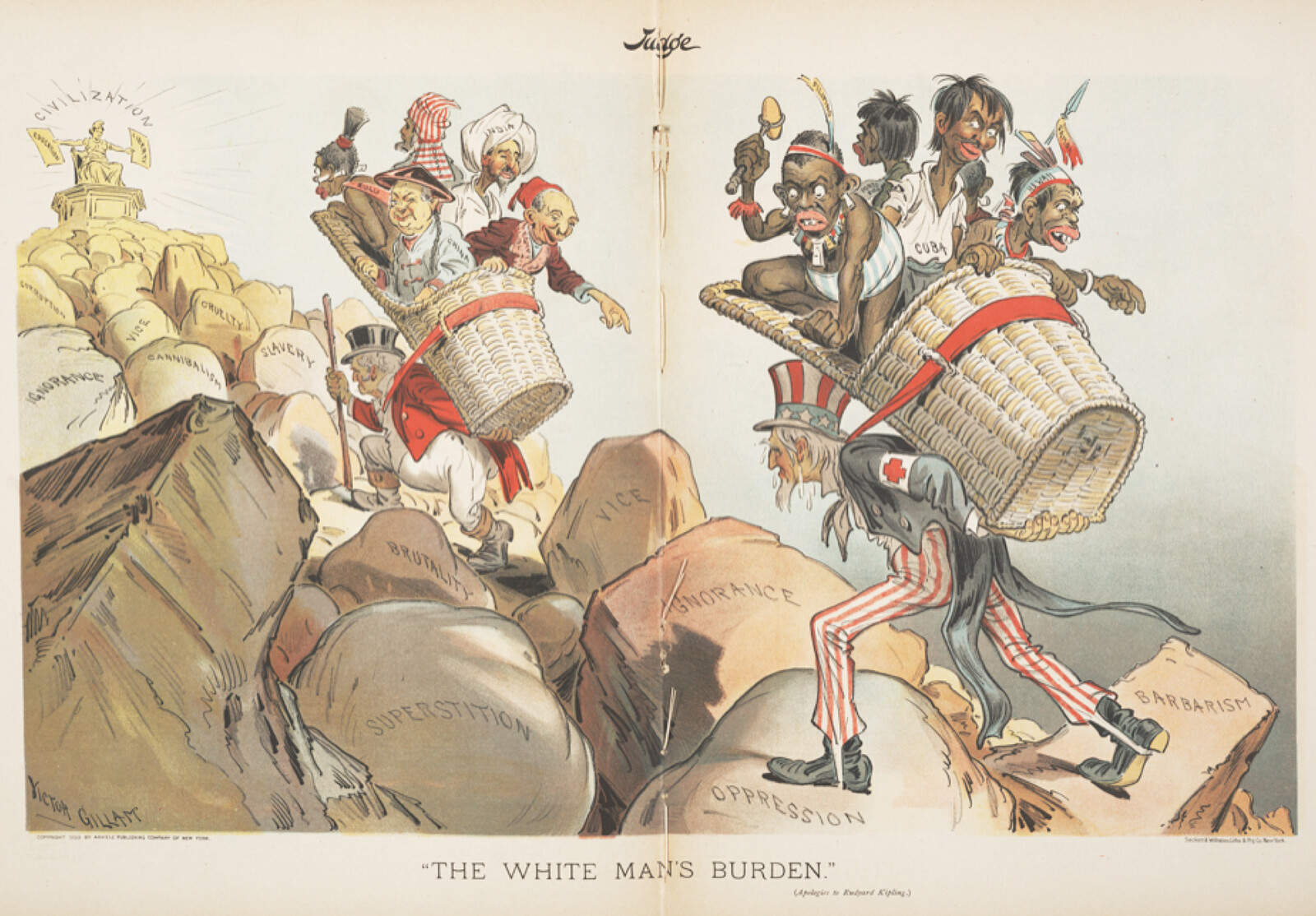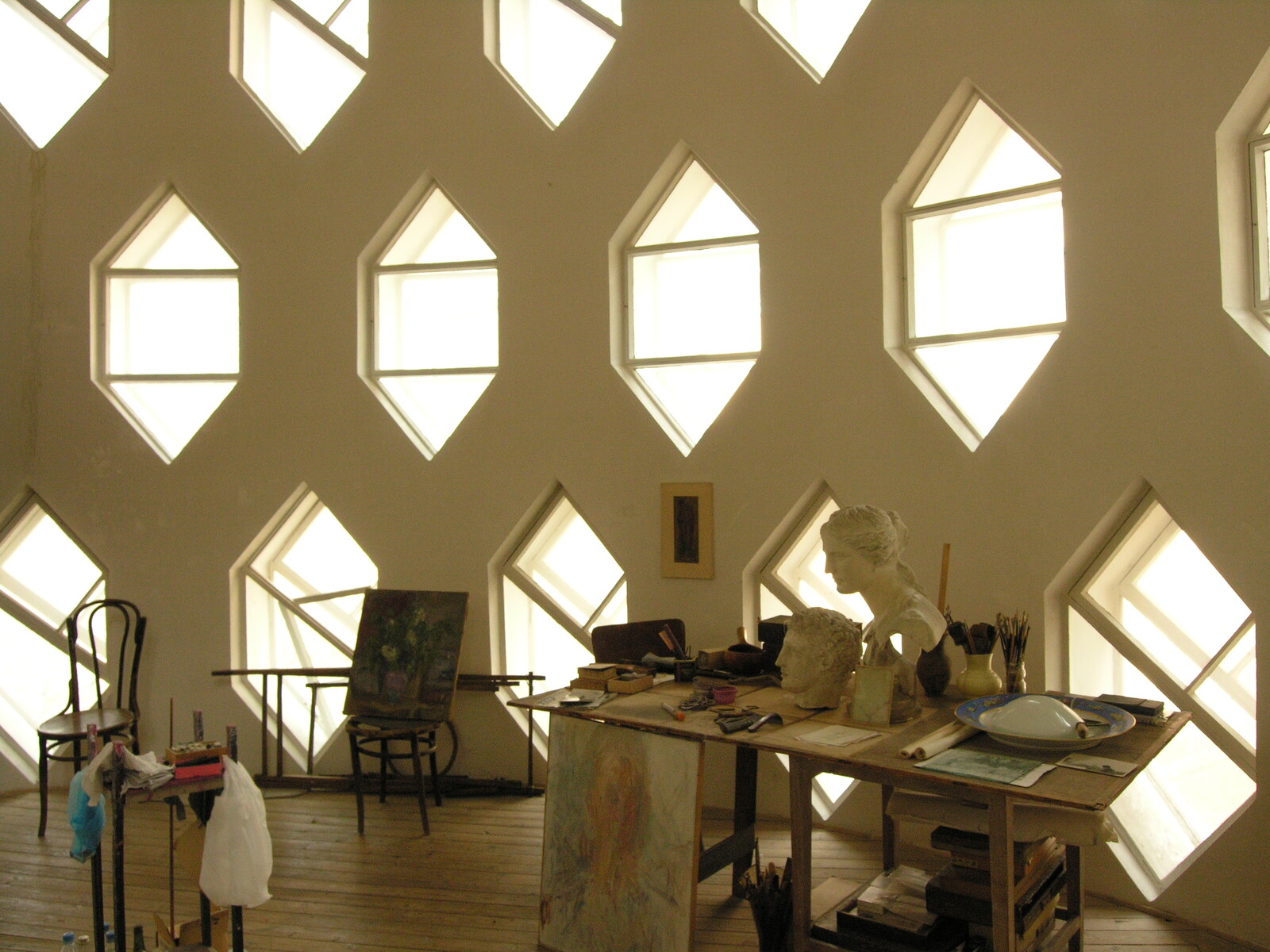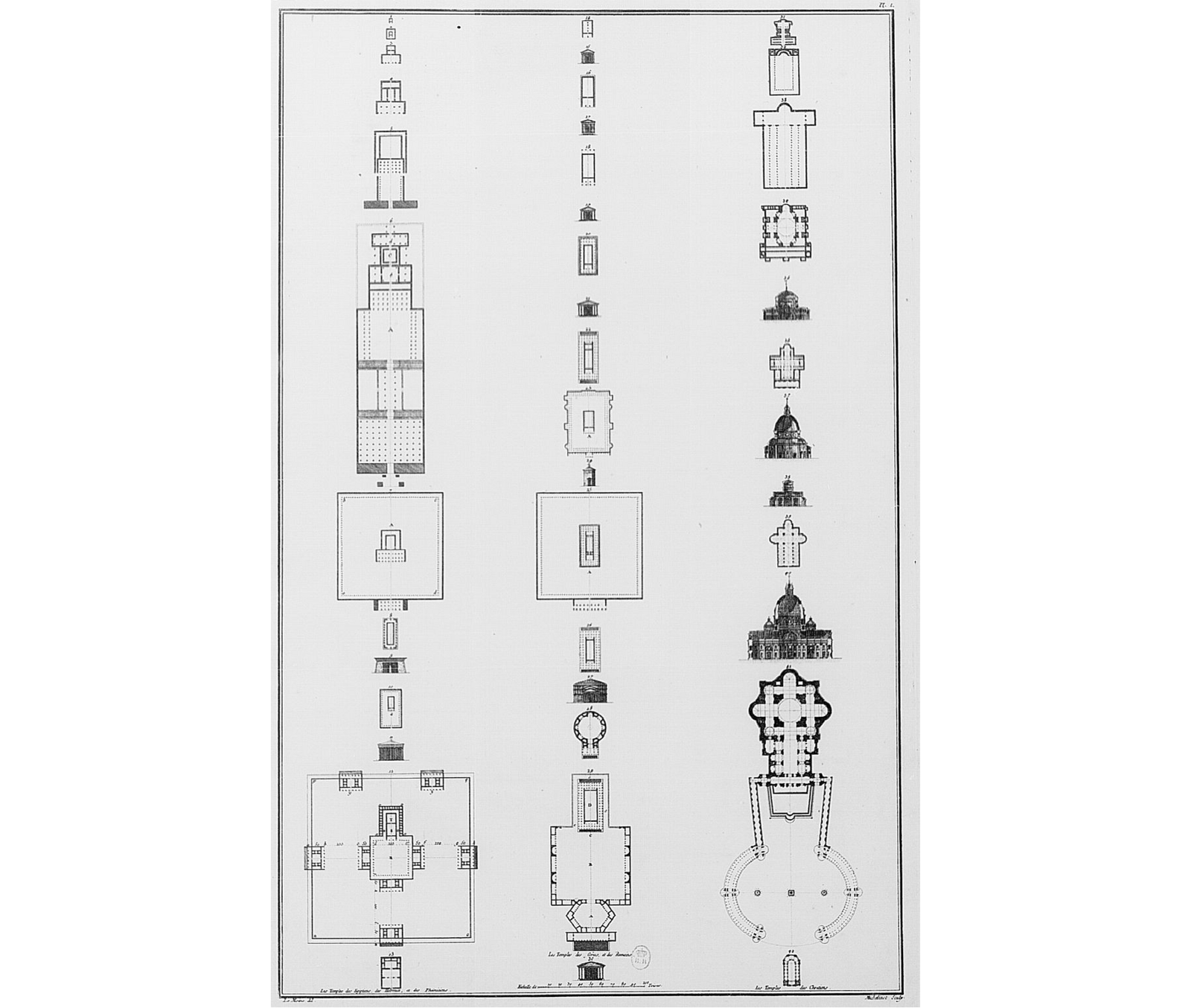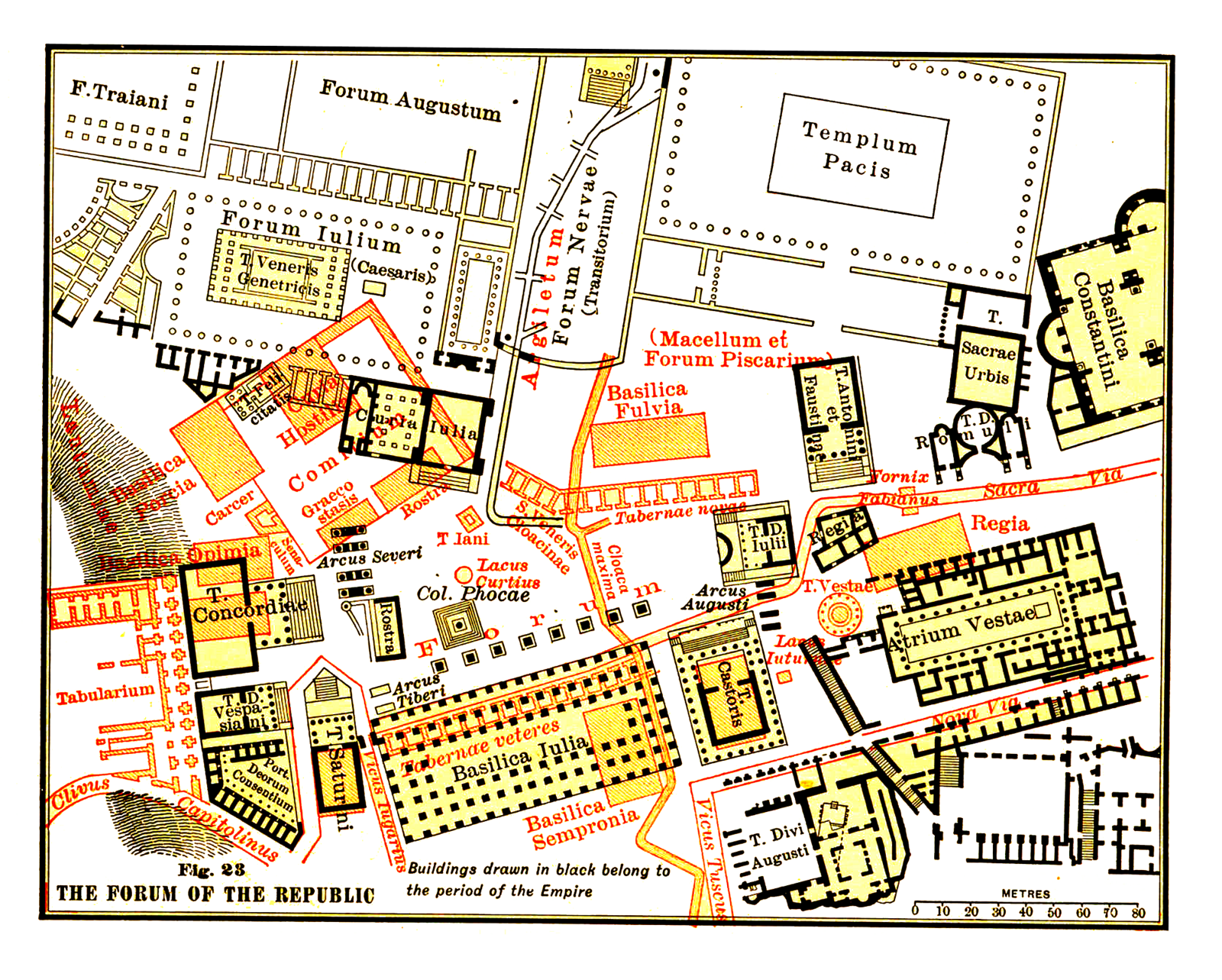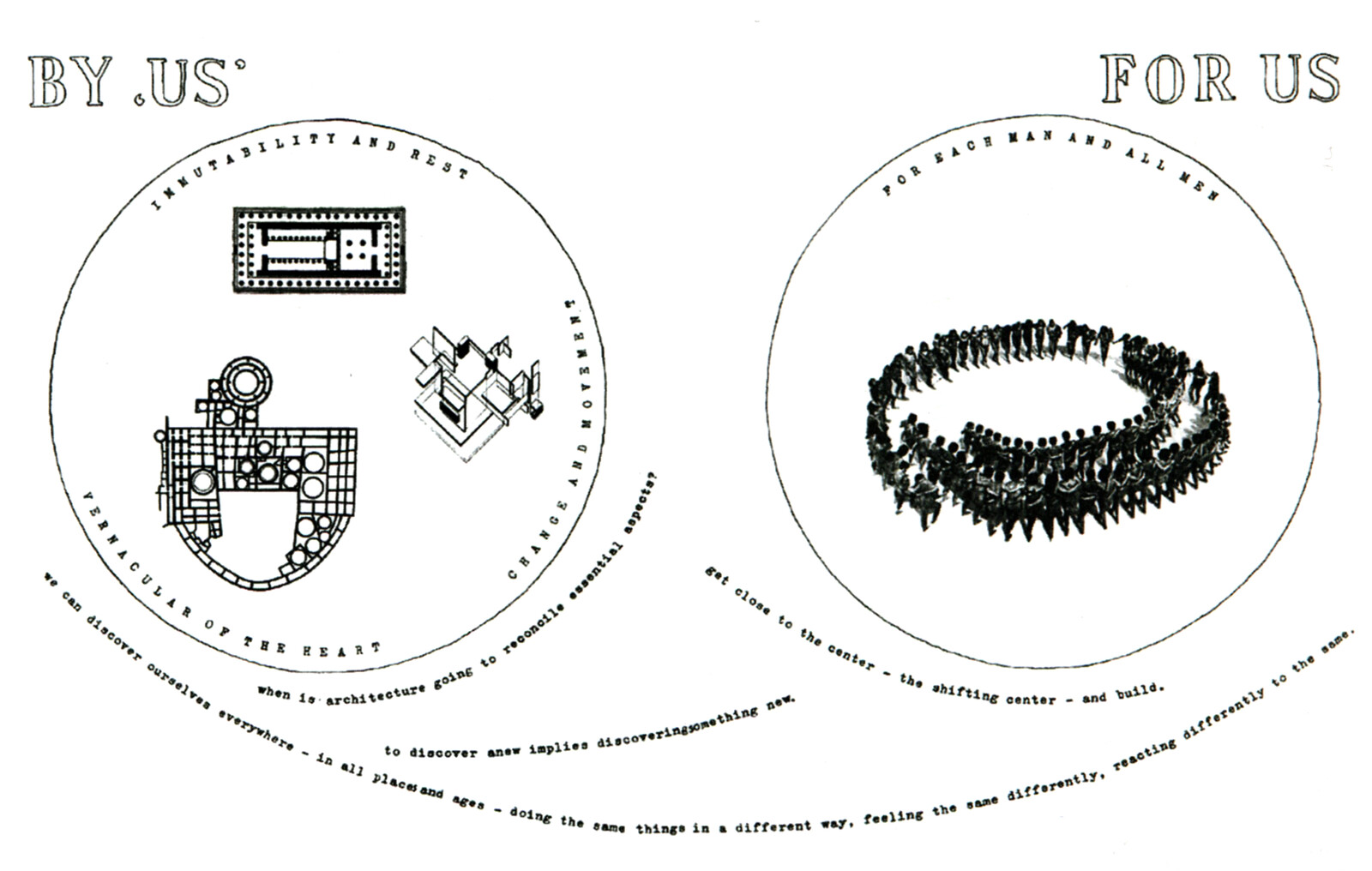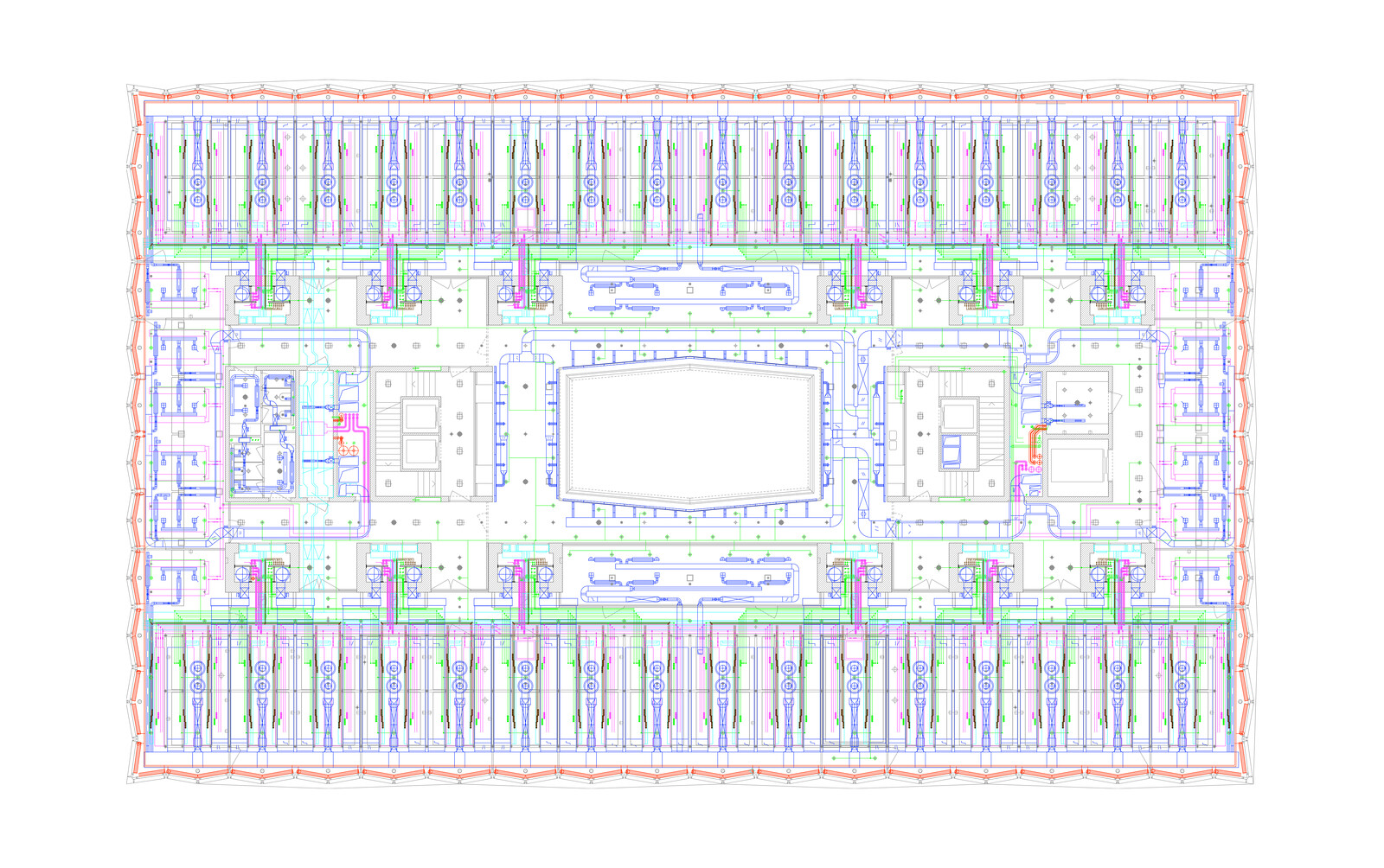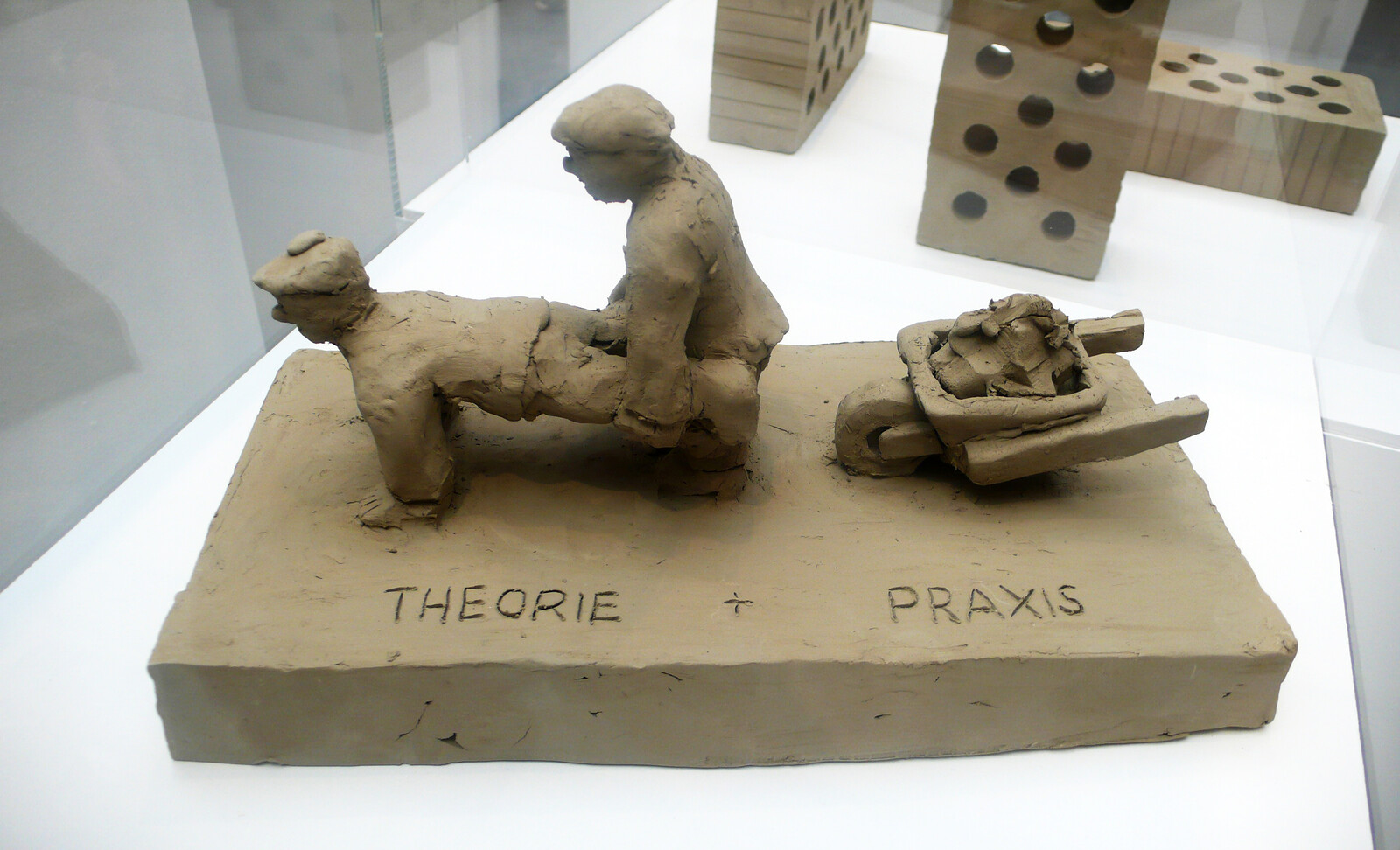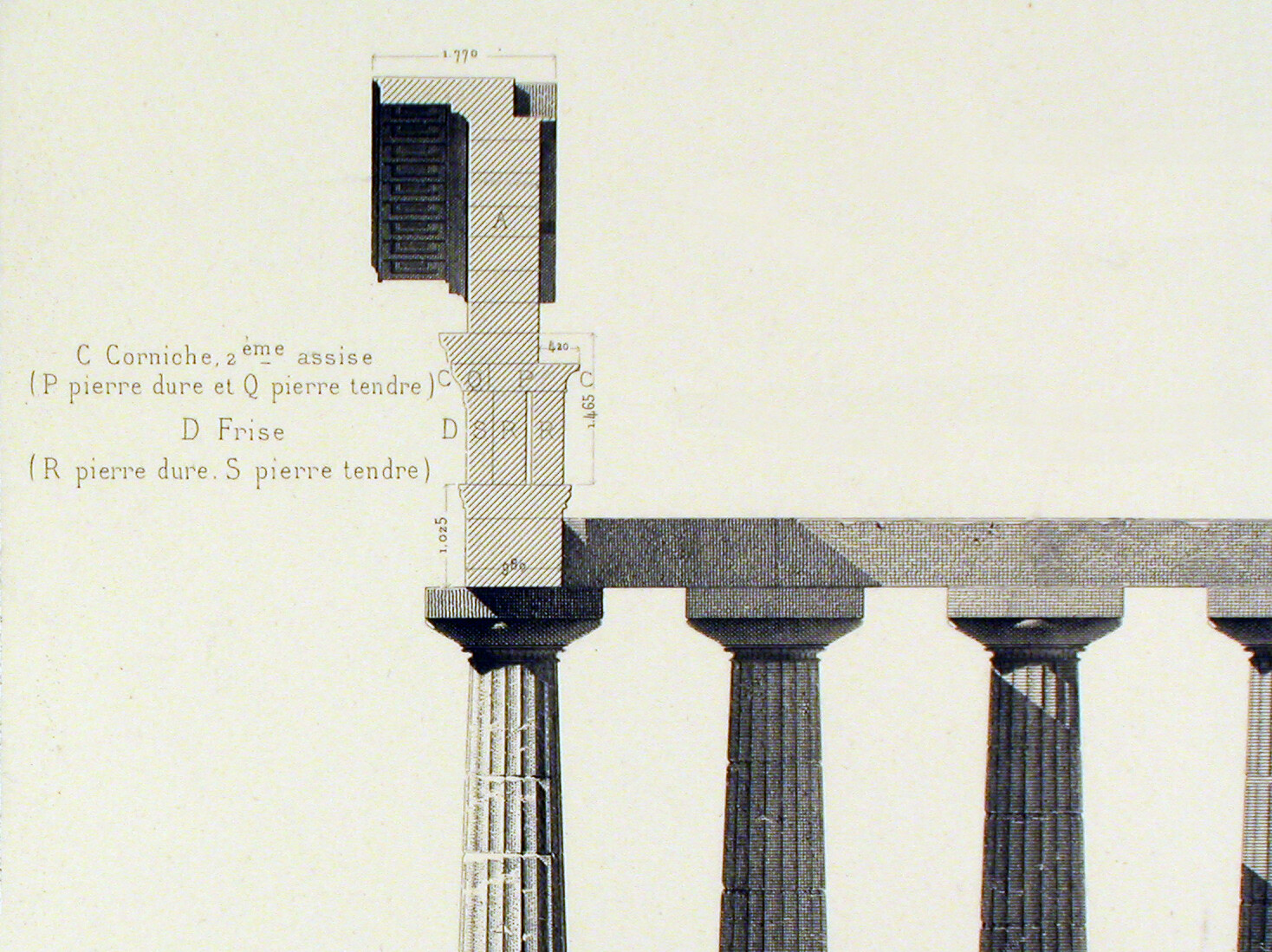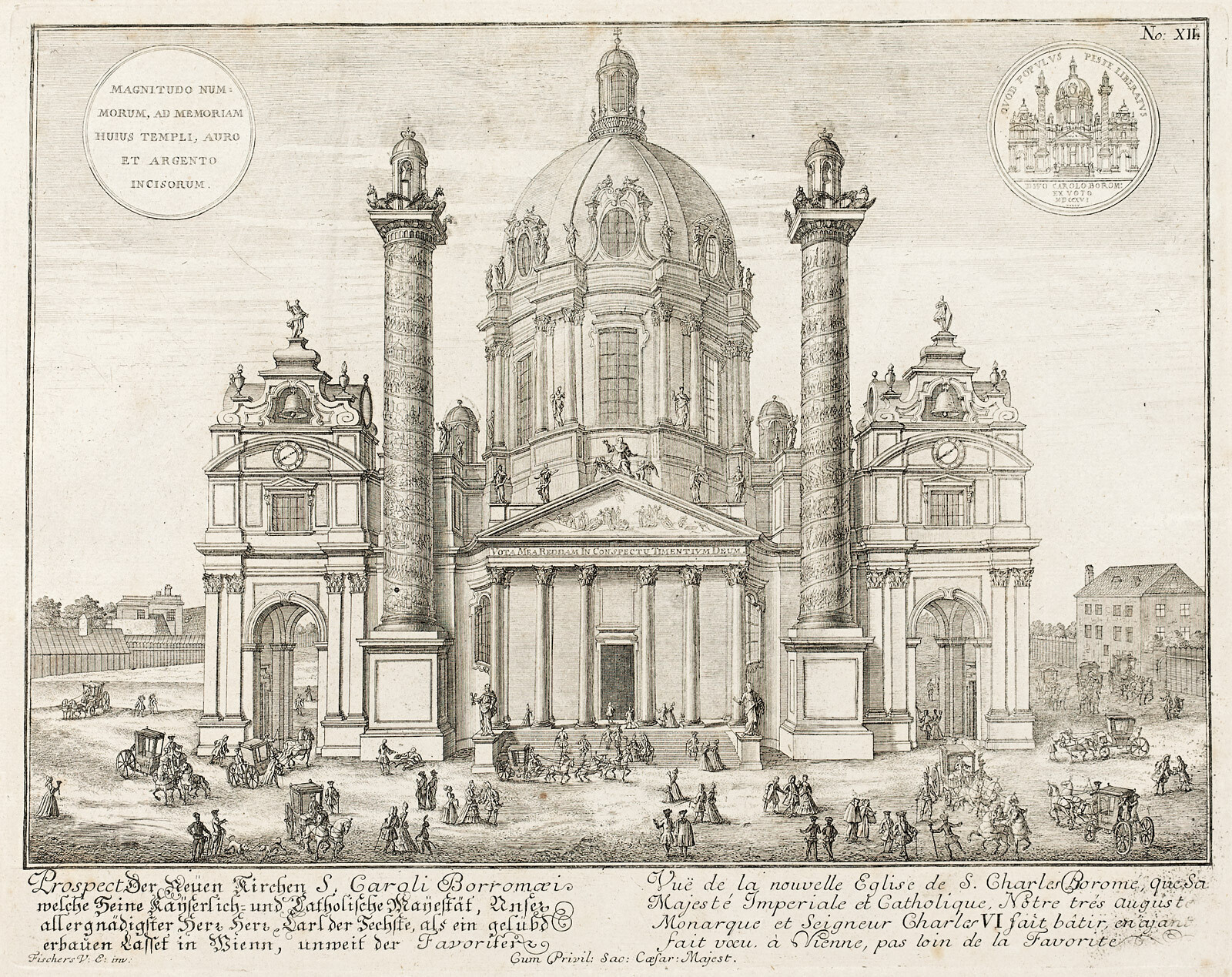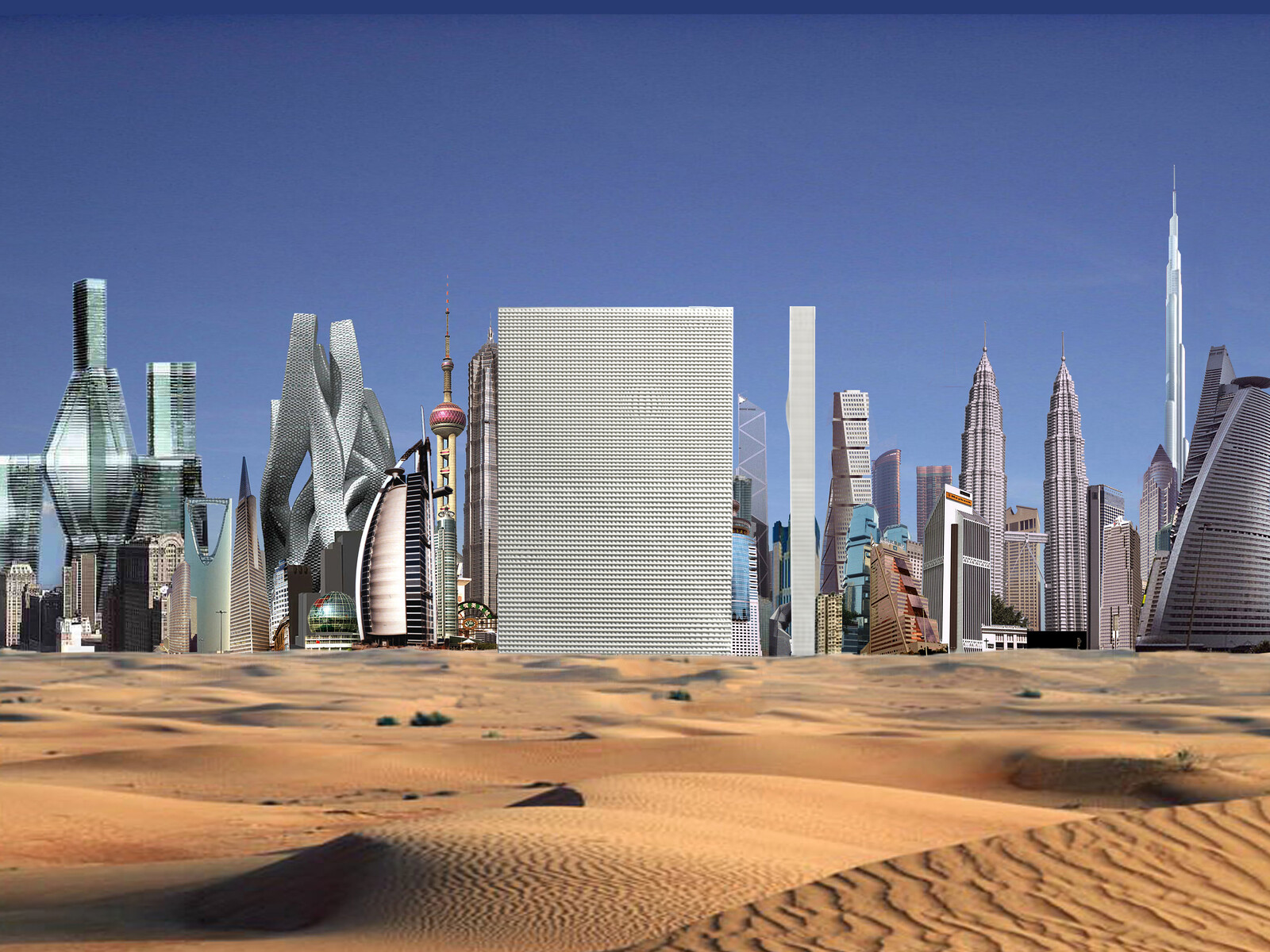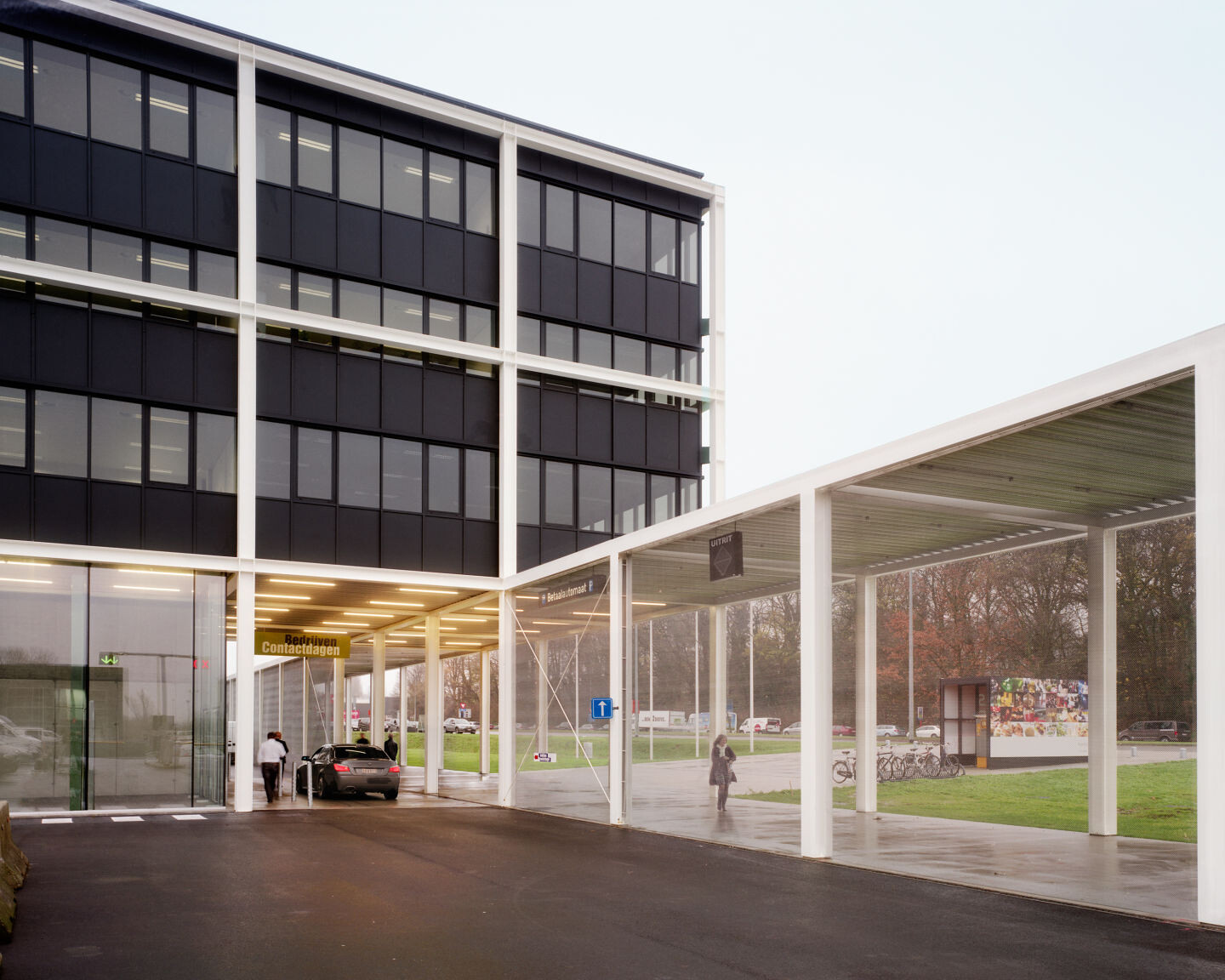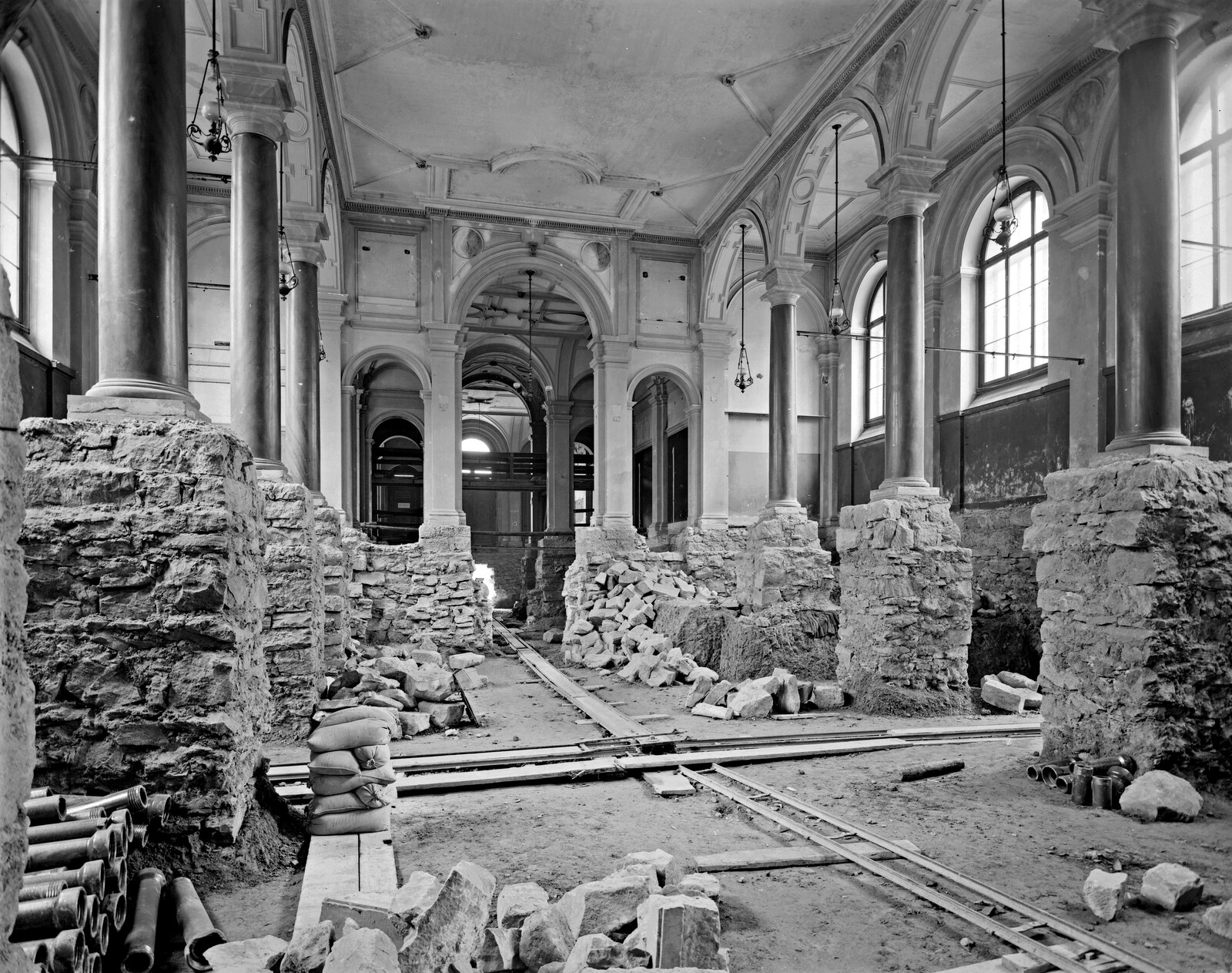This year, the Institute for the History and Theory of Architecture (gta) at ETH Zurich is celebrating its 50th birthday. Founded in 1967, the institute has grown steadily over time. Scholars such as Adolf Max Vogt, Bernhard Hoesli, Paul Hofer, Martin Steinmann, Marcel Meili, André Corboz, Kurt Forster, Wilfried Wang, Bruno Klein, Sokratis Georgiadis, Werner Oechslin, Bettina Köhler, and, more recently, Vittorio Magnago Lampugnani, Akos Moravanski, the late Andreas Tönnesmann, Mechtild Widrich, Alla Vronskaya, Martino Stierli, Samia Henni, and many others have researched and taught here. Today, the gta is comprised of Ita Heinze-Greenberg, Maarten Delbeke, Laurent Stalder and myself in four professorships and with a total of about 70 researchers. We launched a doctoral program in 2012, with two yearly grants and a cohort of about twenty graduate students. There is a program for a Master of Advanced Studies. We feature a department of exhibitions that has been active for more than three decades, a publishing department, and the largest archive of architecture in Switzerland.
We cannot complain. Yet, like all human beings that are approaching their fifties, the institute also seems to be suffering a kind of midlife crisis. This ambivalence became manifest in planning the anniversary. We did not polish motorcycles, but we shuffled with the 1970s logo until its italics were more slanted, as if we wanted to express the institution’s eternally juvenile character. We did not open a micro-brewery, but we hesitated if we should celebrate at all. Should we look backwards or forwards? Were we living up to the expectations of the founding figures? Had our institute become an anachronistic legacy, or was the best yet to come? Could we draw on the past in view of the development about the future? Eager to find out more about our past yet anxious about facing our image in the mirror, we decided to make this uncertainty fruitful rather than hide it. This uncertainty, I would argue, is a symptom of a more general trend in the realm of architecture, namely that architecture today is in an a-theoretical phase. There is no theoretical framework, no grand narrative, no normative system of values that offers architects orientation. This absence of theory goes hand in hand in hand with the segregation and specialization among the academic disciplines of architectural design, architectural discourse, and architectural history. The more specialized and self-absorbed these disciplines become, the less their voices are heard. If, from the late-nineteenth century to the 1980s architectural theory formed a horizon for the entire field of architecture, it has been replaced by a plethora of statements by architects, the historicization of past theories, and references to other disciplines such as anthropology, sociology, and political philosophy. Today, architecture theory is evoked merely as a phantom that haunts us. As if it were a promise that has not (yet) been fulfilled, theory is like a ghost unable to find its rest.
New institutes for digital fabrication are mushrooming, but today, nobody would found an institute for the history and theory of architecture. The situation was clearly different at the time of the establishment of the gta. In the late 1960s and 1970s, architectural theory was the future. Animated by the theoretical dynamics and the cultural reforms of student movements, the new generation of architects perceived the realm of theory to be an opening into and a way to move beyond the discursive obstructions of twentieth century architecture. To young architects in Zurich, New York, or Venice, theory must have appeared like a terrain vague full of possibilities, ready to be cultivated. It allowed for an escape from the oppressive heritage of the heroic founding figures of the modern movement such as Le Corbusier, Mies van der Rohe, Walter Gropius or Sigfried Giedion, whose influence had led to a static system of norms. Theory offered an alternative to the homogenization of practice and form in guise of an International Style. And it provided new positions to observe the fundamental historic changes unfolding under the eyes of the alert observers, namely the decay of heavy industry and the independence of former colonies.
The gta was not the only such institute established around this time. Peter Eisenman opened the Institute for Architecture and Urban Studies (IAUS) in New York in the same year and launched the journal Oppositions a few years later, in 1973. The Institut für Architekturtheorie, Kunst- und Kulturwissenschaften at TU Graz was also founded in 1967, and The Institut Grundlagen Moderner Architektur und Entwerfen in Stuttgart followed in 1968. The journal Arch + was founded in Stuttgart in 1968, and Archithese in Zurich in 1971. It’s important to note that at the time, the worldwide recession that followed the deregulation of the monetary system in 1971 and the dramatic increase of oil prices by the oil industry in 1973 left architects without jobs. Unable to build, they had time to write. Even in Switzerland, which was less affected by the crisis than the former centers of heavy industry in the United Kingdom, North America, Germany, France and Italy, young architects in the 1970s where confronted with what they called a “vacuum.” The vacuum was filled with discussions and texts, and the production of theory by authors such as Manfredo Tafuri, Charles Jencks, Henri Lefebvre, Kenneth Frampton, Robin Evans, Alan Colquhoun, Fredric Jameson, Anthony Vidler, Martin Steinman, Kurt Forster, Diana Agrest, Jean-Louis Cohen, and many others.
Of course, the past tends to appear in a golden light, yet nevertheless, this prosperous phase of architecture theory faded out in the 1990s. Some of the institutes closed, some of the journals ceased to exist. The historicization of theory, and the publication of theoretical texts in anthologies—most influential were the books Geschichte der Architekturtheorie: Von der Antike bis zur Gegenwart by Hanno-Walter Kruft (1985), Architecture Theory since 1968 by K. Michael Hays (1998) and Architekturtheorie im 20. Jahrhundert: Eine kritische Anthologie by Akos Moravansky (2003) - started around that time. Today, architectural theory is merely a shadow of itself, something that has become difficult to grasp. It has lost its autonomy and its critical edge, its role as agent provocateur, its performativity. As architects, we have not only delegated the responsibility on norms, materials, and techniques to experts, the industry, and the administration over the last two decades; we have also outsourced architectural theory to philosophers and sociologists. We still quote the same authors that were evoked in the 1970s, as if time had come to a standstill. Furthermore, art, in some respect, has taken over the role of the theoretical horizon. Pop Art, Minimal Art, Land Art, Conceptual Art and more contemporary practices such as installations or participatory performances are forming points of orientation and critical reflection for the field architecture.
Our uncertainty in preparing the anniversary and the many formats for exhibitions, conferences, and lectures correspond to the way that architectural discourse generally takes place today. Unlike the late 1960s and 1970s, architecture theoreticians don’t write manifestoes. Rather, they gather on panels. The production of meaning in the realm of architecture theory takes place in conversations and roundtables. Interviews have replaced the polemic statement. These malleable forms of interaction allow for immediate feedback and prevent the interlocutors from fixating meaning. Yet they also lead to a culture of compromise and agreement. Theory remains constantly in flux, ready for adaptation and revision, void of normative functions, and virtually deregulated. Yet there is nothing to lament about the current situation. It is very likely that there has historically never been a better time for architects, never more attention, money, mobility, possibilities, talent, exchange. What we are interested in is to ask why, in this phase of prosperity and expansion, theory has lost its momentum and impact?
Perhaps the very success of architecture starting in the wake of the economic boom of the 1980s and the rise of the architectural author to the figure of the starchitect has led to an absorption of theory. The generation entering the world of architecture in the late 1960s brought architecture center stage, made it attractive to capital, politicians, and a widening public. Yet it also colonized the field of theoretical reflection and autonomous criticism. Theoretical speculation shrunk in the shadow of rhetoric and self-legitimation. Consequently, architecture theory withdrew—or was confined—to a field where it could do no harm. It remained busy with itself and debating two axioms that both stand in the service of the built reality: the opposition between Modernism and Postmodernism and the idea that the meaning of architecture relies on its relation to historical examples; and the idea of urbanization and the replacement of the paradigm of progress by that of quantitative expansion of the metropolis. As if someone had thrown a bone to a group of bored dogs in order to divert them, or keep them busy, architecture theory got entangled in these two unsolvable issues.
The pragmatism, speed, and popularity of the architect as someone who can realize large scale projects in every corner of the world led to a devaluation of theoretical speculation. While in the 1970s, the architect’s status was largely defined by what they did not build, since the 1980s their status has depended on their built oeuvre. Yet we are not certain if theory has actually ended. Perhaps, theory is persisting in latency, hardly visible, building up steam and waiting for its comeback. Or maybe it is already back. Perhaps it has changed its form and we find it in the academic backseat, in final crits, jury meetings, activism, niche journals, in blogs on the internet, in gossip. Perhaps it has left the traditional frameworks of academe and moved to the platform of architecture biennials and exhibitions—today the most dynamic platform of mediation and exchange. Either way, in order to subsist, it depends on institutions. It needs their protection, longevity, memory, and inertia in order to move on.
History/Theory is a collaboration between the Institute for the History and Theory of Architecture (gta), ETH Zürich and e-flux Architecture.
History/Theory is a collaboration between the Institute for the History and Theory of Architecture (gta), ETH Zürich and e-flux Architecture

